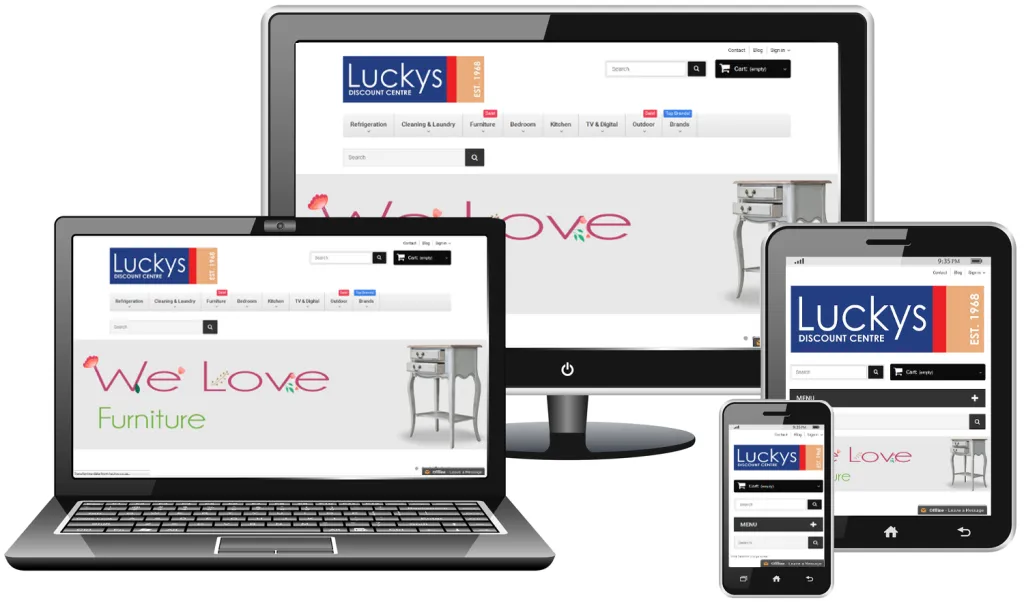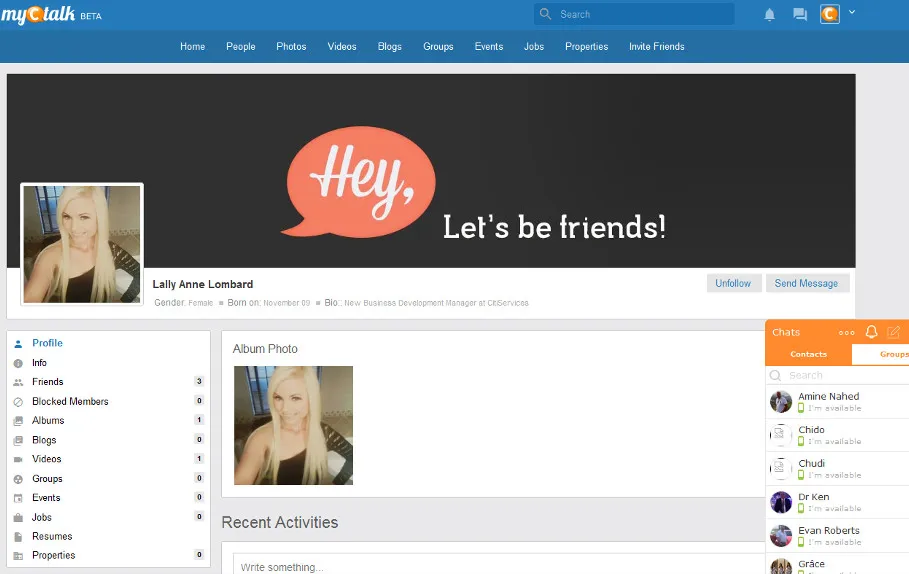
LMS Development With a Passion .
Deliver content, monitor student participation, and assess student performance.
Provide students with LMS interactive features, such as threaded discussions, video conferencing and discussion forums.
Improve your traditional educational method, while also saving time and money. Our effective system lets instructors and administrators efficiently manage elements such as user registration and access, content, calendars, communication, quizzes, certifications and notifications.

How do learning management systems work?
LMS can be thought of as a large repository where users store and track information in one place. Any user with a login and password can access the system and its online learning resources. 45ive Media will host your LMS on our Houston-based and cloud servers : ns1.45ivemedia.net / ns2.45ivemedia.net.
What are learning management systems used for?
LMS’S are beneficial to a range of organizations, including higher education institutions and companies. They’re primarily used for knowledge management: the gathering, organizing, sharing and analysis of an organization’s knowledge in terms of resources, documents and people skills. The role of the LMS varies according to the organization’s training strategy and goals.
Onboarding and training
Employee training and onboarding are two common uses of LMS’S in a business environment. For onboarding, the LMS helps train new employees, providing opportunities to access training programs across various devices. New employees are able to add their own knowledge and provide feedback, helping employers understand how effective the training course materials are and identify areas where new hires need assistance.
An LMS can be used for extended enterprise training purposes as well. This includes customer, partner and member training. Customer learning activities are common in software and technology companies where user learning goals might include learning how to use a product or system. Ongoing LMS-based customer training improves the customer experience and can increase brand loyalty.
When using an LMS for these purposes, instructors can create immersive learning experiences that let users develop new skills and problem-solving capabilities. For example, an LMS could be used to create tutorials that incorporate augmented reality, virtual reality and artificial intelligence (AI). This will likely have the effect of improving creativity and innovation throughout the workforce.
Development and retention
Employee development and retention is another way LMS’S are used in businesses. The system assigns courses to employees to ensure they are developing effective job skills, remain informed about product changes, and have requisite product and compliance knowledge.
Sales training
Another way LMS’S are used is to enhance employee sales skills. This includes the creation of seminars on product knowledge, customer interaction training and case study-based tutorials that use previous experiences with clients to improve future interactions.
Blended learning
An LMS can provide students with blended learning experiences that combine traditional classroom teaching with online learning tools. This method is more effective than simple face-to-face education because it enriches instructor-led training in the classroom with digital learning content customized to fit a student’s learning needs.



